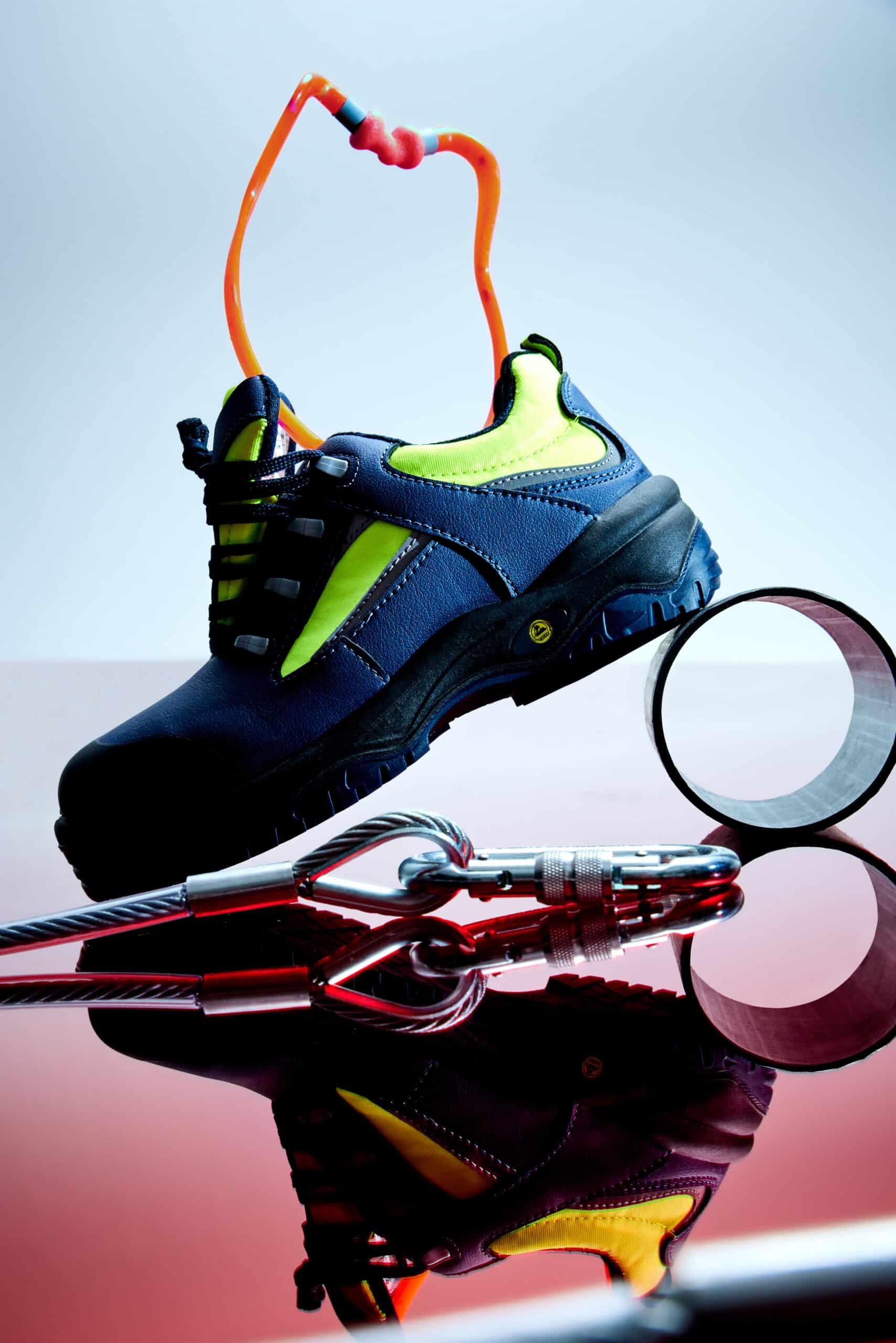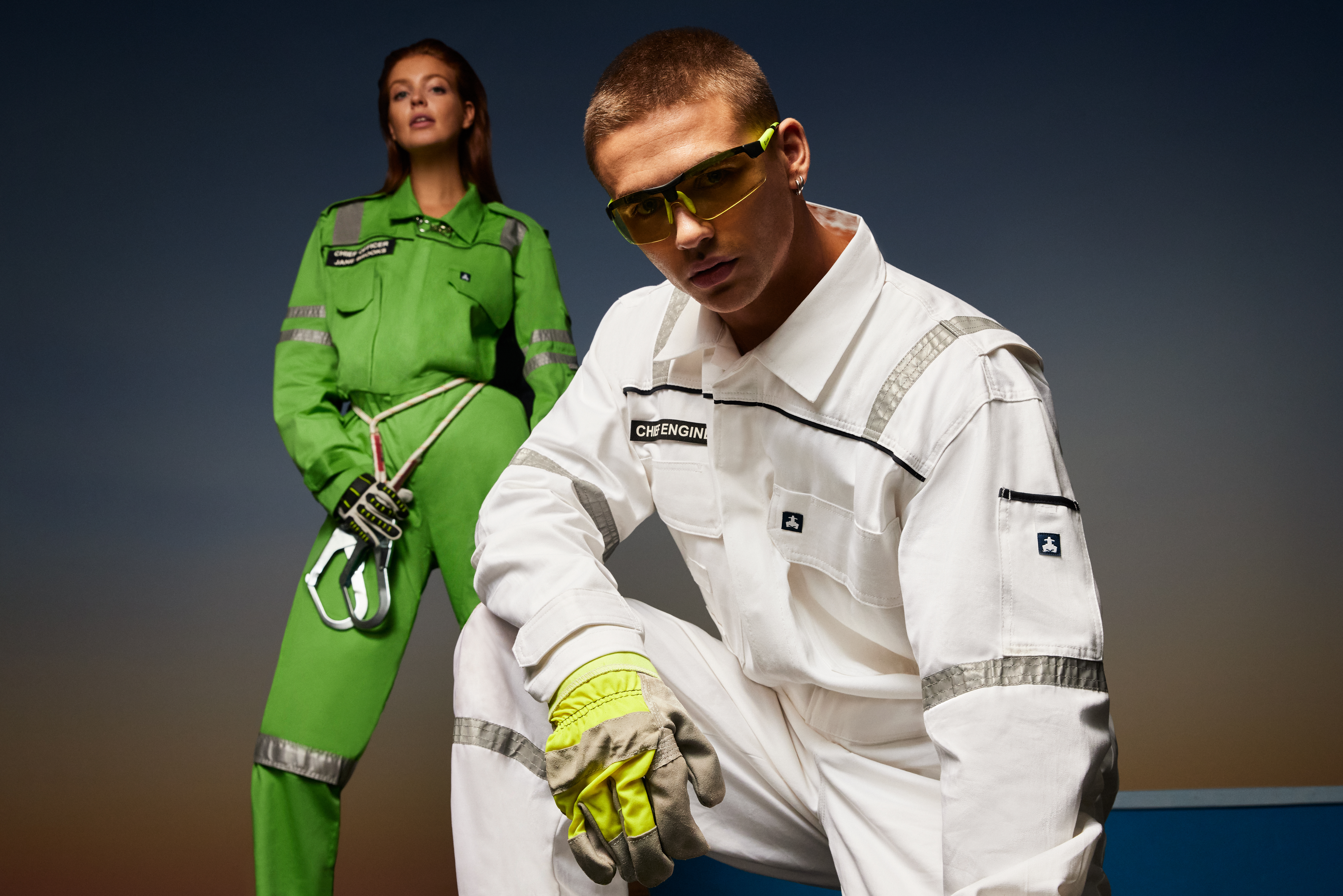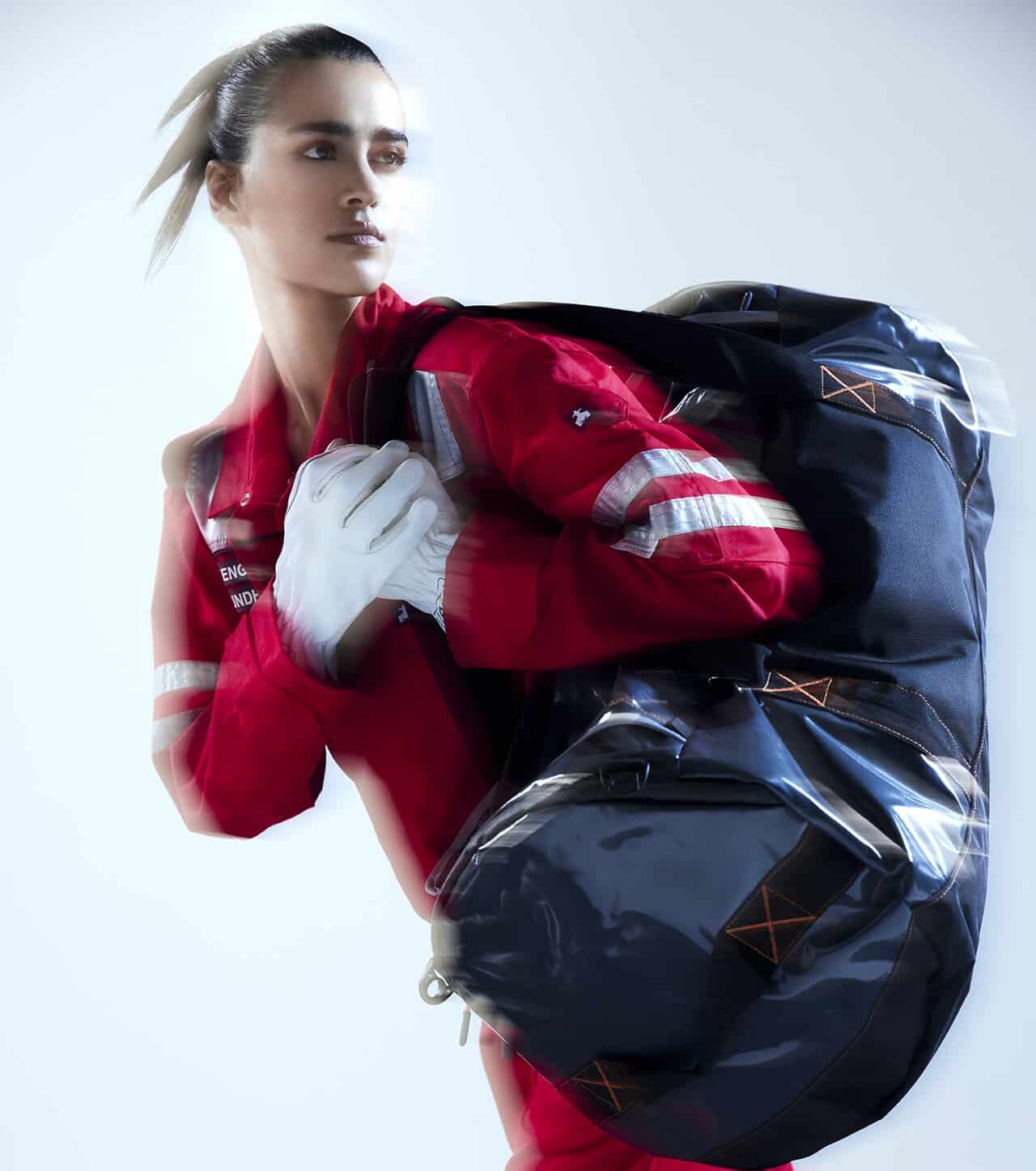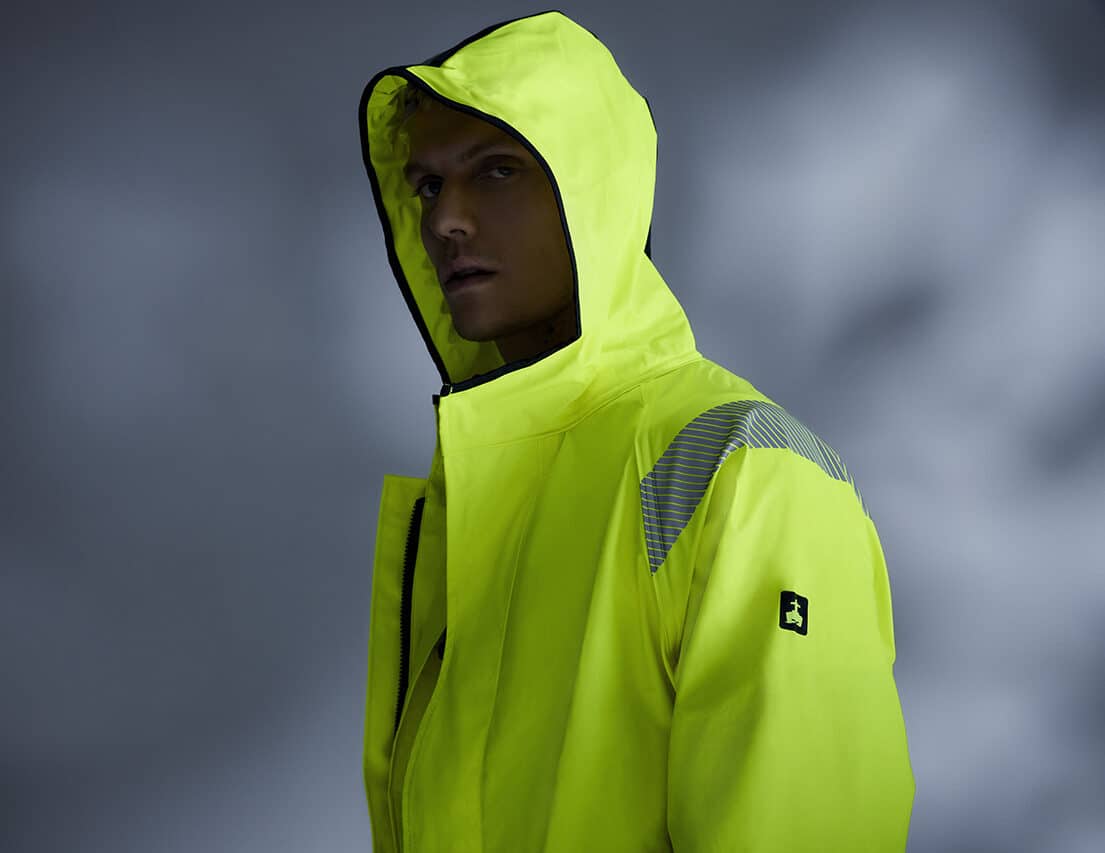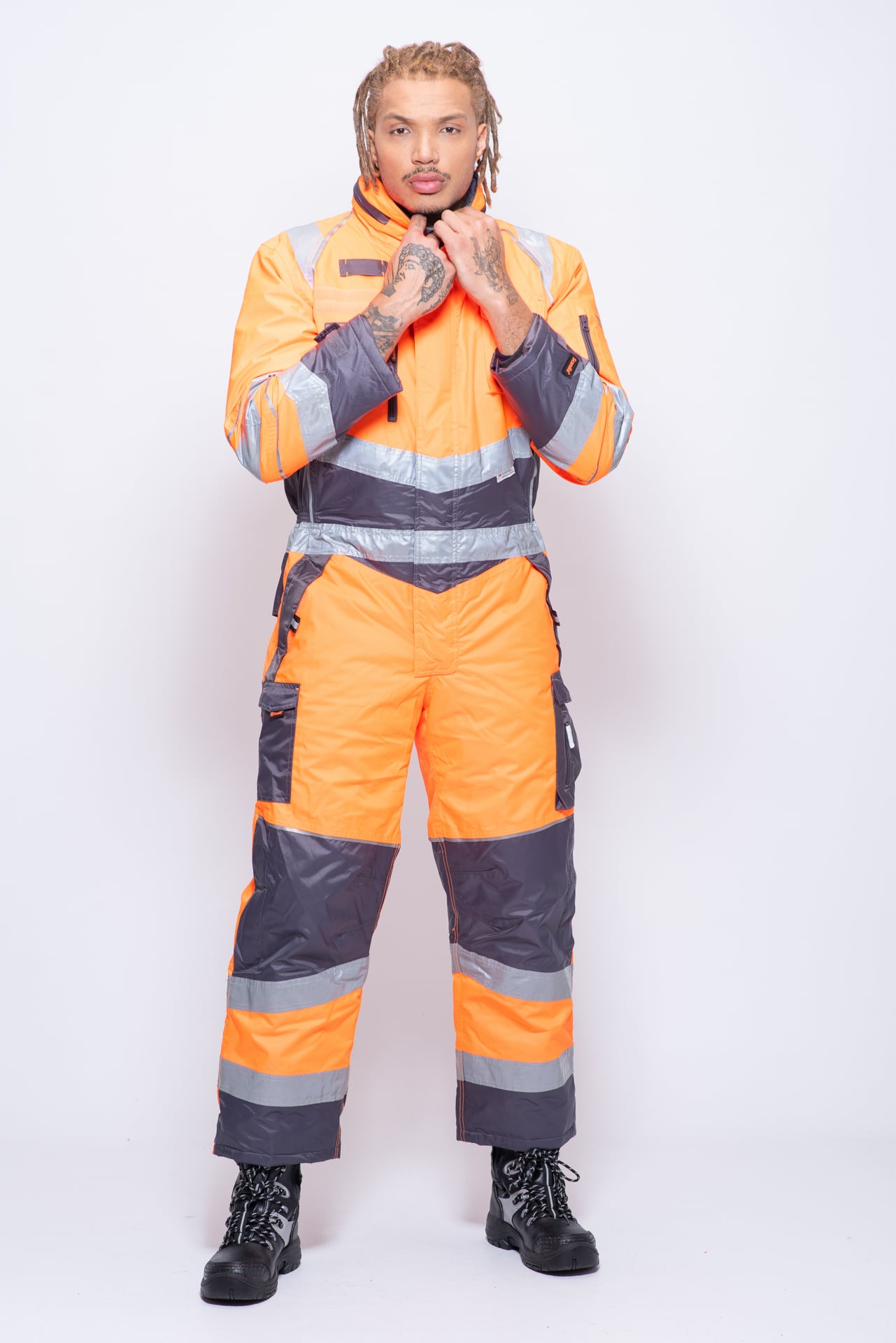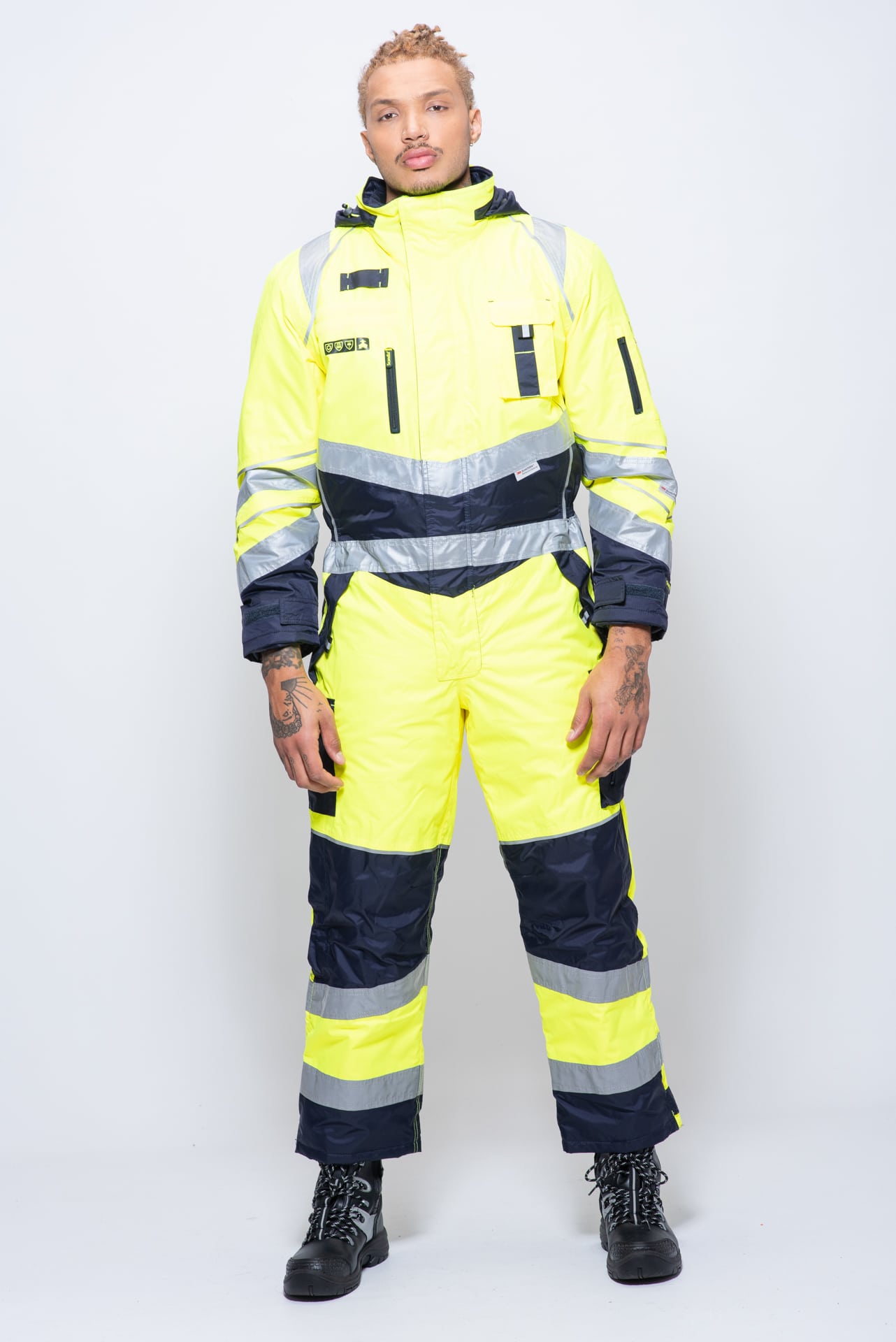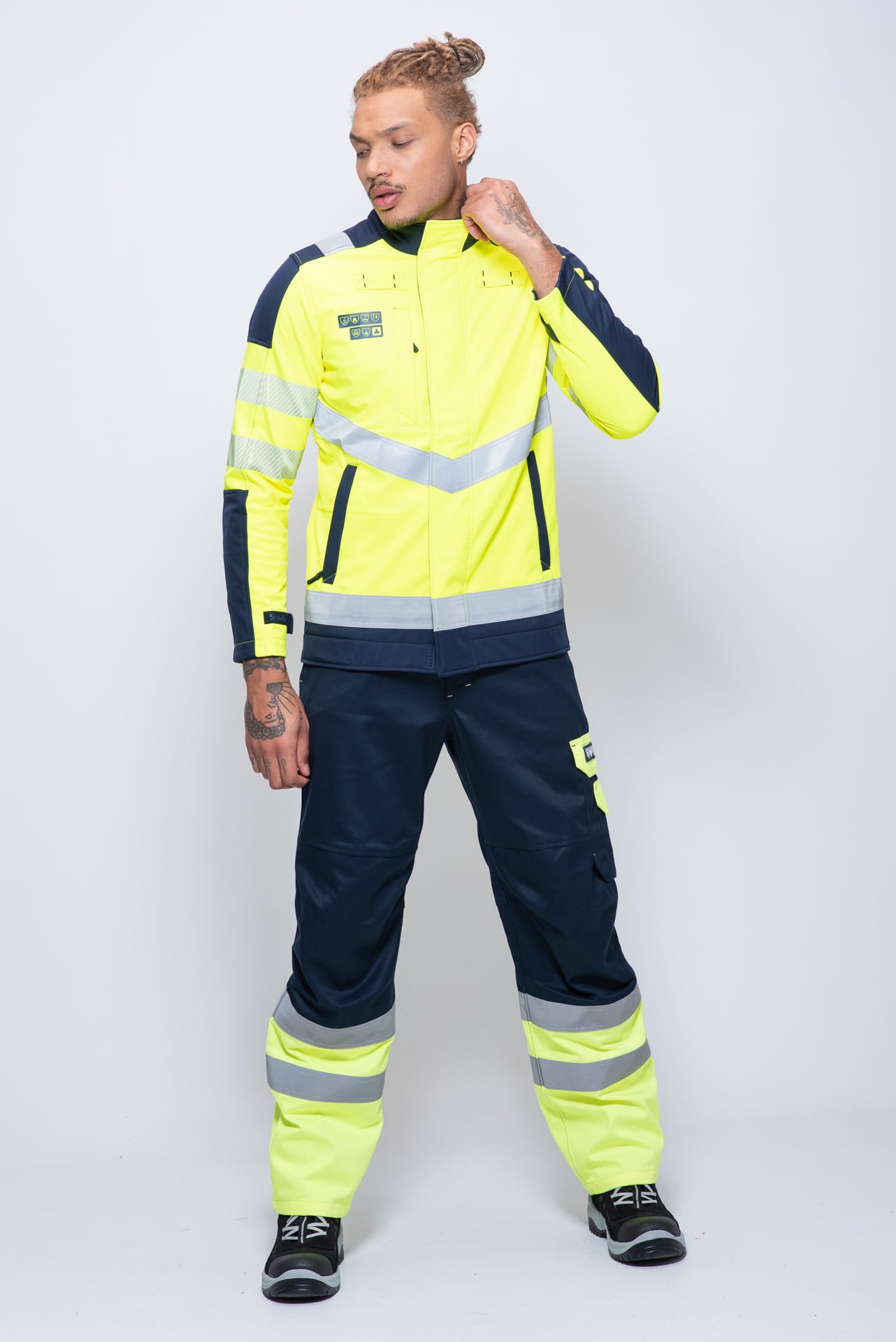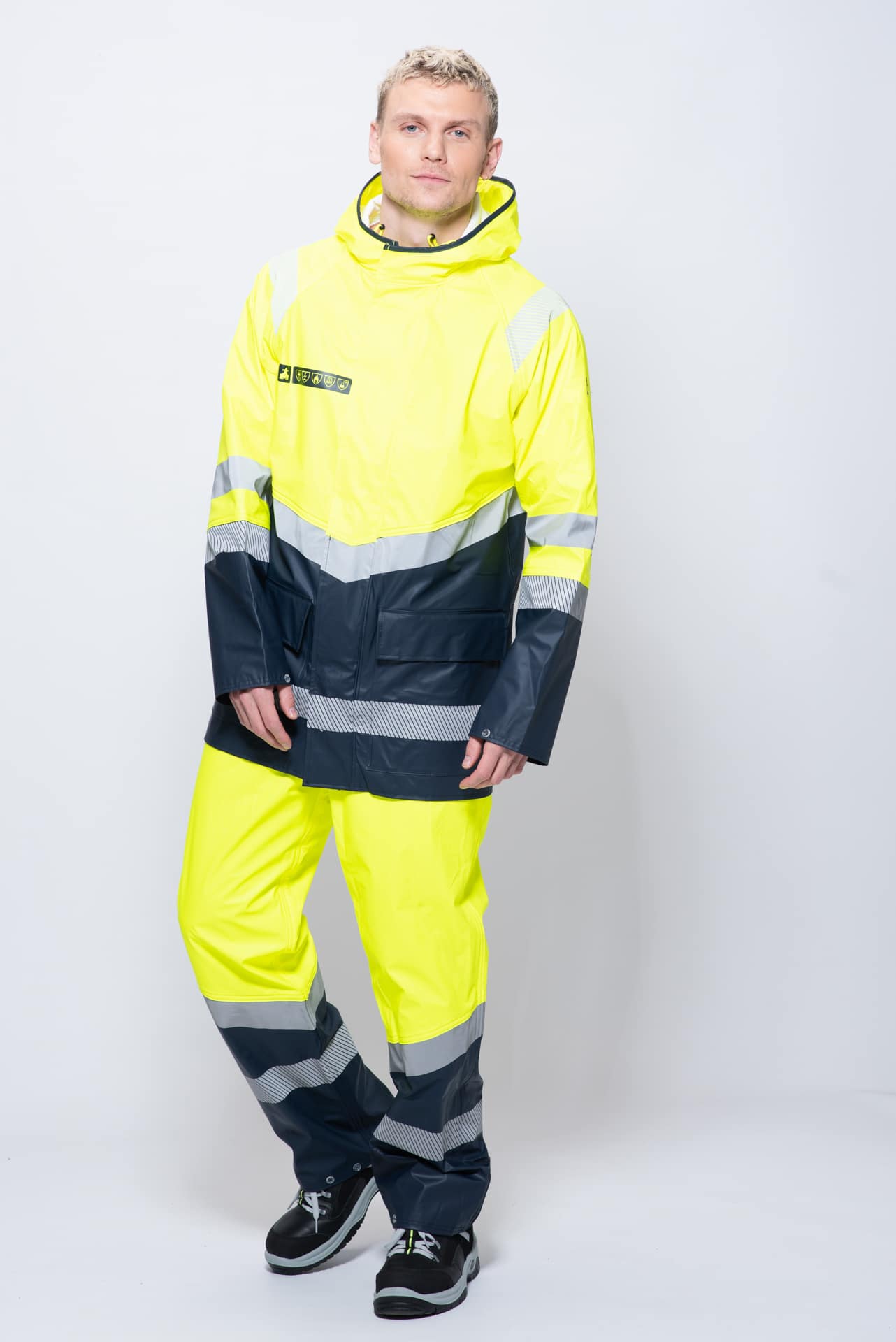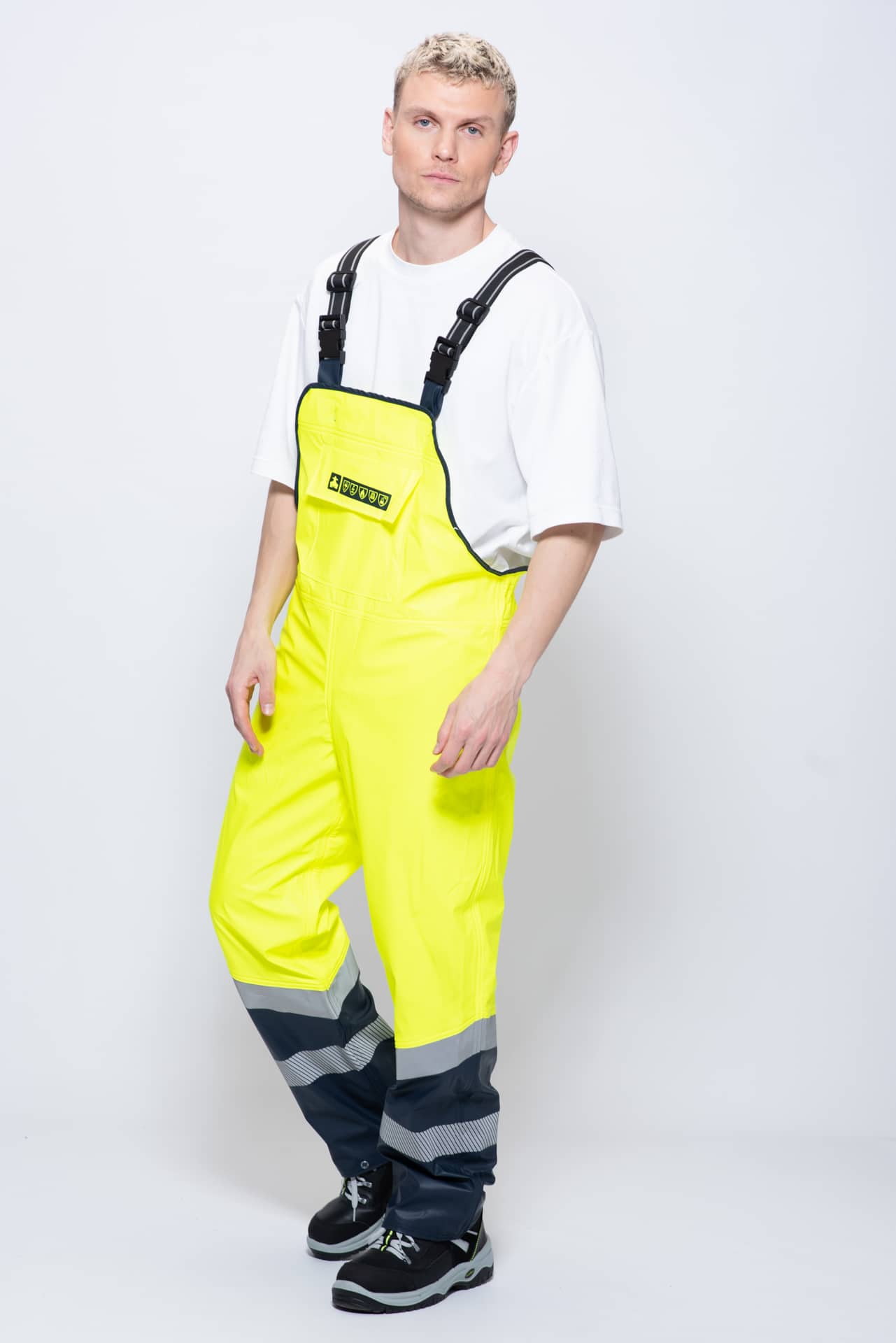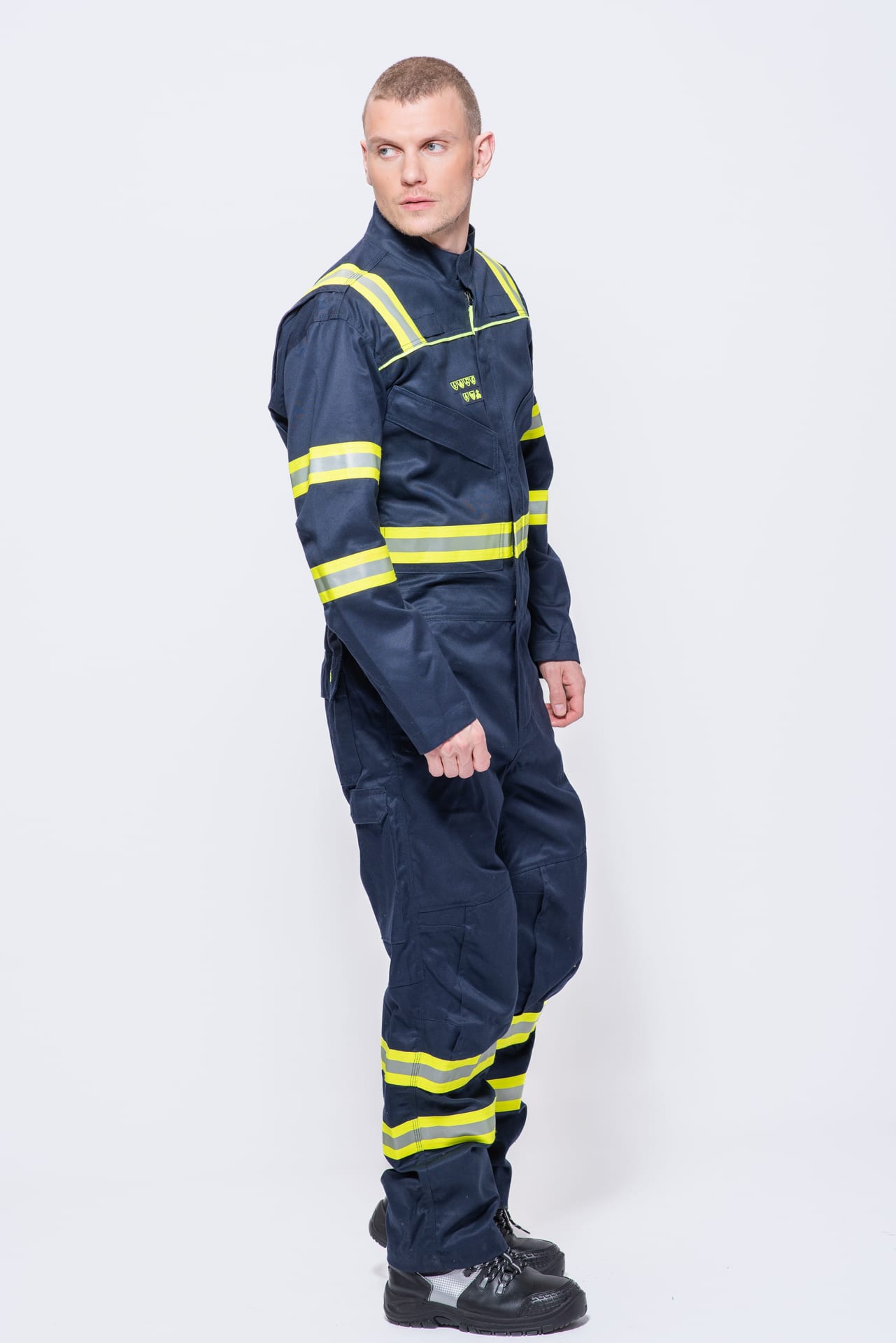EN 13034:2005+A1:2009
PROTECTIVE CLOTHING AGAINST LIQUID CHEMICALS
Performance requirements for chemical protective clothing offering limited protective performance against liquid chemicals (Type 6 and Type PB equipment). This standard specifies the requirements and test methods for Type 6 single- and multiple-use clothing.
Limited performance chemical protective clothing is intended for use in cases of a potential exposure to a light spray, liquid aerosols, or low pressure, low volume splashes, against which a complete liquid permeation barrier (at the molecular level) is not required.
This clothing should be worn in combination with other garments that provide protection as defined in EN 13034.
Chemical protective suits (Type 6) cover and protect at least the wearer’s trunk and the limbs (e.g., one-piece coveralls or two-piece suits, with or without hoods, boot socks, or boot covers).
Partial body protection of similar limited performance (Type PB [6]) covers and protects only specific parts of the body (e.g., coats, aprons, sleeves, etc.).
Type 6 chemical protective clothing provides the lowest level of protection against chemicals and is intended to be used when risks have been assessed as low and a full liquid permeation barrier is not necessary (i.e., when the wearer is able to take immediate and adequate action should their clothing become contaminated). Low risks include potential exposure to small quantities of spray or accidental low volume splashes.
Garments classified in accordance with this standard provide category 3 protections.
Please note: prolonged use of chemical protective clothing can cause heat stress!
All chemical protective clothing material is tested and classified in accordance with requirements listed in Table 1 (see below). To confirm: the construction of seams prevents the penetration of liquid through stitch holes and through other components of a seam and must not obstruct liquid runoff.
| Tests | Test Method | Compliance levels | Minimum Performance Requirements |
|---|---|---|---|
| Abrasion resistance | EN ISO 530-2:2011 | Level 1: ≥ 10 cycles Level 2: ≥ 100 cycles Level 3: ≥ 500 cycles Level 4: ≥ 1000 cycles Level 5: ≥ 1500 cycles Level 6: ≥ 2000 cycles |
Level 1: ≥ 10 cycles |
| Tear resistance trapezoidal | EN ISO 9073-4:1997 | Level 1 > 10 N Level 2 > 20 N Level 3 > 40 N Level 4 > 600 N Level 5 > 100 N Level 6 > 150 N |
Level 1: ≥ 10 N |
| Tensile strength | EN ISO 13934-1:2013 | Level 1 > 30 N Level 2 > 60 N Level 3 > 100 N Level 4 >250 N Level 5 > 500 N Level 6 > 1000 N |
Level 1: ≥ 30 N |
| Puncture resistance | EN 863:1996 | Level 1 > 5 N Level 2 > 10 N Level 3 > 50 N Level 4 > 100 N Level 5 > 150 N Level 6 > 250 N |
Level 1: ≥ 5 N |
| Repellency to liquids | EN ISO 6530:2005 | Level 1 > 80% Level 2 > 90% Level 3 > 95% |
Level 3 ≥ 95% for at least one of the chemicals * |
| Resistance to penetration by liquids | EN ISO 6530:2005 | Level 1 > 1% Level 2 > 5% Level 3 > 10% |
Level 2 ≥ 5% for at least one of the chemicals * |
Chemicals commonly used for the penetration and repellency tests*
- H2SO4 – sulfuric acid (dissolved in water at a concentration of 30%)
- NaOH – sodium hydroxide solution (dissolved in water at a concentration of 10%)
- o-Xylene
- Butan-1-ol
Depending on the purposes for which the garment has been designed, other chemicals may be added to these tests. For example, apparel and PPE created for workforces in the oil, gas, and chemical industries is generally tested in accordance with EN ISO 13034.
